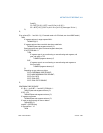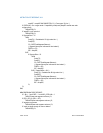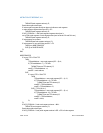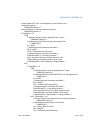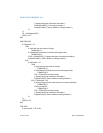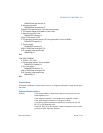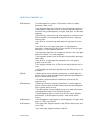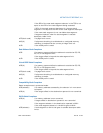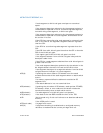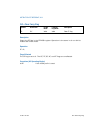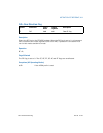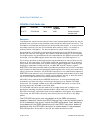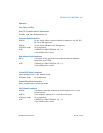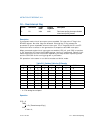
Vol. 2A 3-103
INSTRUCTION SET REFERENCE, A-M
CALL—Call Procedure
If the RPL of the new stack segment selector in the TSS is not
equal to the DPL of the code segment being accessed.
If DPL of the stack segment descriptor for the new stack
segment is not equal to the DPL of the code segment descriptor.
If the new stack segment is not a writable data segment.
If segment-selector index for stack segment is outside
descriptor table limits.
#PF(fault-code) If a page fault occurs.
#AC(0) If alignment checking is enabled and an unaligned memory
reference is made while the current privilege level is 3.
#UD If the LOCK prefix is used.
Real-Address Mode Exceptions
#GP If a memory operand effective address is outside the CS, DS,
ES, FS, or GS segment limit.
If the target offset is beyond the code segment limit.
#UD If the LOCK prefix is used.
Virtual-8086 Mode Exceptions
#GP(0) If a memory operand effective address is outside the CS, DS,
ES, FS, or GS segment limit.
If the target offset is beyond the code segment limit.
#PF(fault-code) If a page fault occurs.
#AC(0) If alignment checking is enabled and an unaligned memory
reference is made.
#UD If the LOCK prefix is used.
Compatibility Mode Exceptions
Same exceptions as in protected mode.
#GP(selector) If a memory address accessed by the selector is in non-canon-
ical space.
#GP(0) If the target offset in the destination operand is non-canonical.
64-Bit Mode Exceptions
#GP(0) If a memory address is non-canonical.
If target offset in destination operand is non-canonical.
If the segment selector in the destination operand is NULL.
If the code segment selector in the 64-bit gate is NULL.
#GP(selector) If code segment or 64-bit call gate is outside descriptor table
limits.



